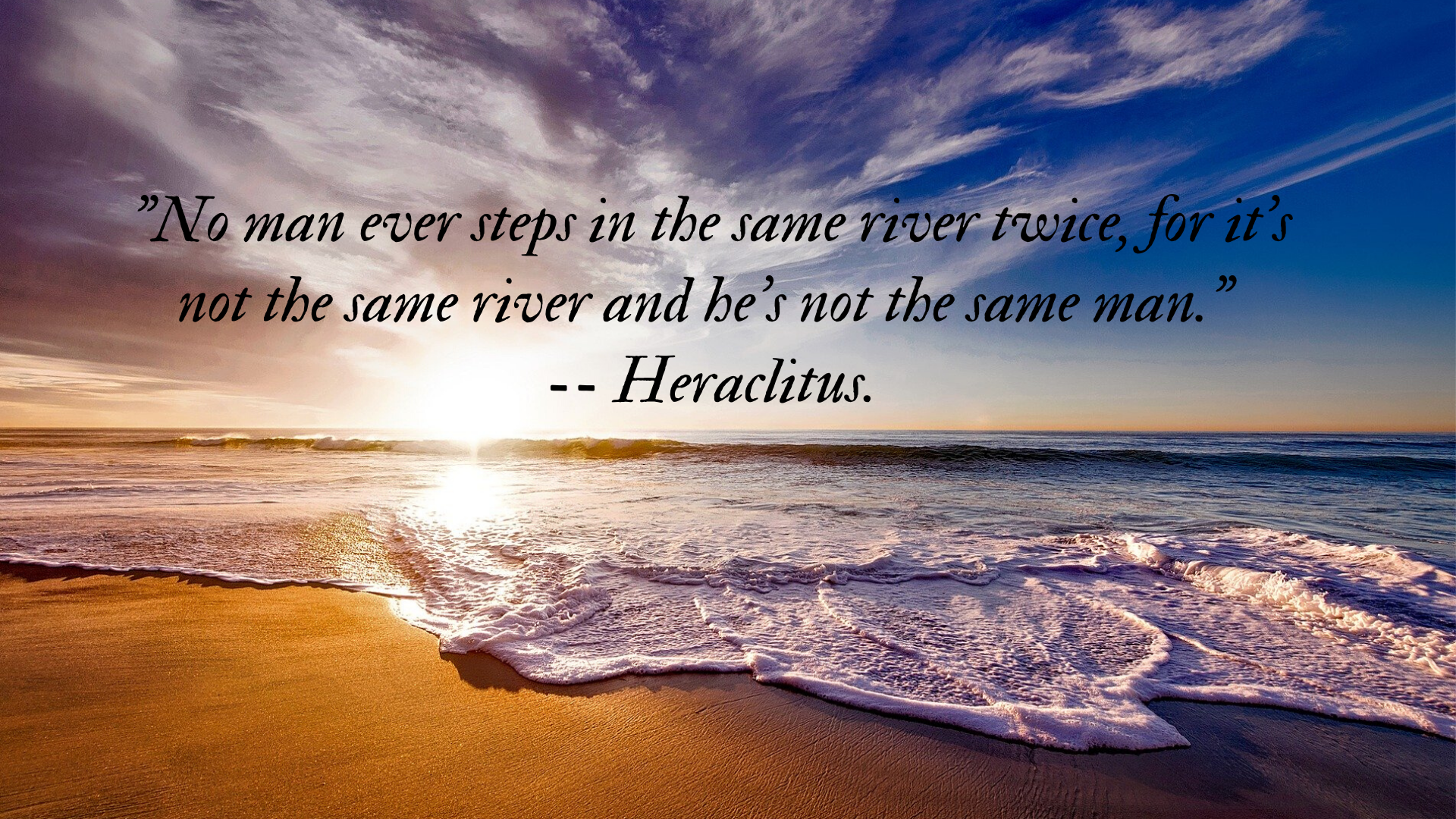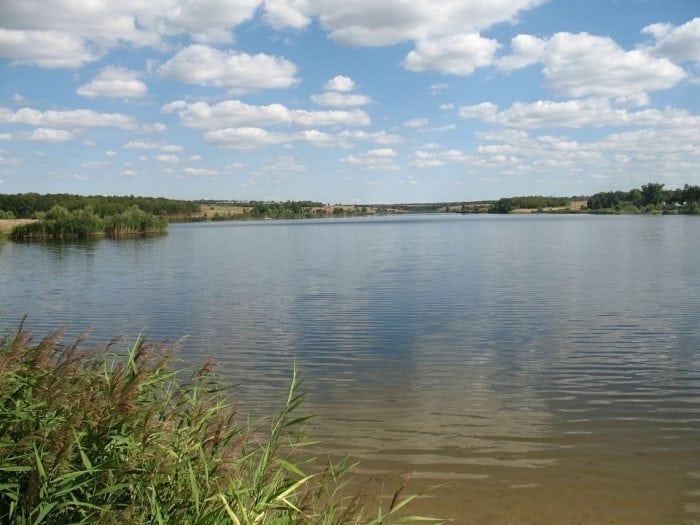
Bodies of water come in different shapes and sizes from small ponds to rivers and expansive oceans. Each body of water contains a different ecosystem with plants, animals, and fish unique to its environment.
Part of what makes our Earth so unique, besides the fact that it has life, is that it has water. Since water makes up the majority of the planet, it’s really no surprise that there are many different types of bodies of water.
To learn all about the different bodies of water and some terms associated with them, check out this guide.
“You can’t cross the sea merely by standing and staring at the water.” – Rabindranath Tagore
Bodies of Water: A Complete List

Image source: Pixabay
Here is a complete list of all the different bodies of water and their definitions. These bodies of water can either be man-made or naturally occurring:
- Arroyo – a dry creek bed that can temporarily flood after rain
- Artificial lake (AKA reservoir) – a manmade lake, often used for communities
- Arm of the sea – a narrow extension or reach of an ocean
- Basin – an area where rain and water is collected and flows into another outlet, also where melted snow drains to
- Barachois – a body of water separated from the ocean by a sandbar
- Bay – a body of water that has a barrier on 3 sides, but is smaller than a gulf (Example: The Bay of Bengal)
- Bayou – a marshy area of rivers or lakes
- Bight – a curved, or recessed, coastline
- Beck – a stream that comes from a mountain
- Brook – a tiny stream
- Burn – a channel that can vary in size from a stream to a river
- Channel – the actual barriers of a river, ocean, or any body of water that has banks and a bed
- Canal – a manmade waterway connecting 2 bodies of water (Example: Panama canal)
- Cove – a sheltered inlet (or bay) associated with either oceans, rivers, or lakes
- Creek – a stream, tributary, or brook of a river
- Tidal creek – a creek that is affected by the tides of the ocean

Examples of a brook (left), canal (center), and creek (right). Images licensed under CC0 via Pixabay
- Distributary channel – a stream that flows away from the main channel often seen in river deltas
- Delta – the location where a river flows to. It can be the ocean, lake, reservoir, etc.
- Draw – a dry creek bed that can flood during heavy rains (like an arroyo)
- Estuary – an estuary is typically the point where rivers meet the sea
- Fjord – a narrow inlet of ocean between mountainous cliffs
- Firth – a Scottish term used to explain where the river meets the sea (is another word for estuary)
- Glacier – a large chunk of frozen ice that moves slowly down a mountain
- Gulf – an area of water surrounded by three sides, larger than a bay (Example: Gulf of Mexico)
- Harbor – typically a man-made (but can be natural) body of water where boats and ships are “parked” away from ocean currents (Example of an artificial harbor: Port of Houston) (Example of a natural harbor: Boston Harbor)
- Headland – an area of water bordered on three sides by land
- Impound – a man-made body of water created by a damming source, it is often used as flood control
- Inlet – a body of saltwater that can have a mixture of characteristics from these different bodies of water: cove, bay, estuary, fjord, river, or sea loch
- Kettle lake – a shallow and material rich body of water created by glacial ice moving
- Kill – used by the Dutch to describe a river, or arm of the sea
- Lagoon – a shallow saltwater (or brackish) body of water that is separated from the deeper ocean by coral or a sandbanks
- Loch – a Scottish term used to describe a lake or inlet of water
- Lake – a freshwater body of water, can be large that is contained within a piece of land
- Marsh – a shallow wetland area featuring plants such as; grasses, reeds, typhus, etc.
- Mere – a body of water that is larger than it is deep (Example: Aqualate Mere, Staffordshire, England)
- Millpond – a reservoir built for the sole purpose of providing running water to watermills
- Moat – a deep water-filled trench surrounding something (like a castle, town, etc.)
- Ocean – a major body of saltwater. Oceans cover over 70% of the Earth’s surface
- Oxbow lake – a U-shaped lake created when a river is cut off and produces a lake
- Pool – small man-made bodies of water, like a swimming pool, pond, etc.
- Pond – small body of water that can house animals. Can be artificial or natural
- Phytolelma – a small body of water housed in a cavity in plats (hence the prefix phyto)
- Puddle – small area of water, typically caused by water on the ground. Fun to jump in
- Rill – a very shallow channel of water caused by erosion. Can be artificial or natural
- River – a natural waterway that is created by either glacial runoff or melting snow that drains into the sea. Flows from high ground to low ground (Example: The Amazon river)
- Roadstead – a location (not in a harbor) where a ship can drop anchor in an enclosed area that opens to the ocean. Smaller than a bay or gulf
- Run – a small smoothly flowing stream
- Sea – a large expanse of salt water that is enclosed by land. Often used as a synonym with ocean (Example: Bering Sea)
“The sea is emotion incarnate. It loves, hates, and weeps. It defies all attempts to capture it with words and rejects all shackles. No matter what you say about it, there is always that which you can’t.” ― Christopher Paolini
- Saltmarsh – an area along the coast that is oftentimes flooded with salt water
- Sea lough – a fjord, bay, estuary, or sea inlet
- Seep – body of water that is created by a spring
- Source – point from which river flows
- Sound – a very large sea/inlet that is: larger than a bay, deeper than a bight, might be narrow between 2 land bodies and is wider than a fjord
- Strait – narrow channel that connects 2 bodies of water between 2 landmasses
- Spring – a point where groundwater flows to the ground
- Stream – small and narrow body of water with a slight current
- Subglacial lake – a lake that is permanently frozen by ice
- Swamp – a wetland area that has a permanent large body of water
- Tarn – a mountain pool formed from a glacier
- Tributary – a stream that flows to another stream
- Tidepool – rocky pool next to the ocean and is filled with salt water
- Vernal pool – a shallow area that occasionally holds water (it is seasonal)
- Wadi / Wash – a dry bed that will fill with water after heavy rain (just like an arroyo)
- Wetland – an environment characterized by saturated land (pictured below)

Image source: Pixabay
We hope you’ve enjoyed this complete list of the types of bodies of water. Throughout the world, the places and ecosystems in which we find water is incredible. What is your favorite body of water?
Either you decide to stay in the shallow end of the pool or you go out in the ocean. – Christopher Reeve









